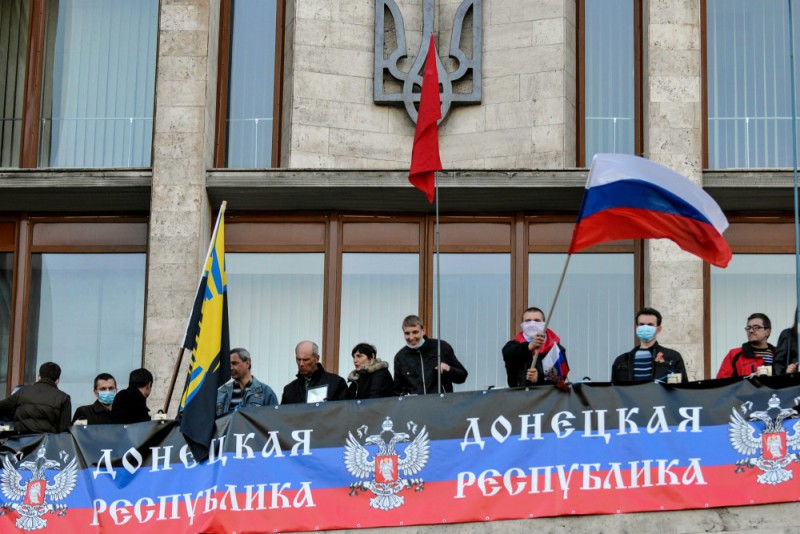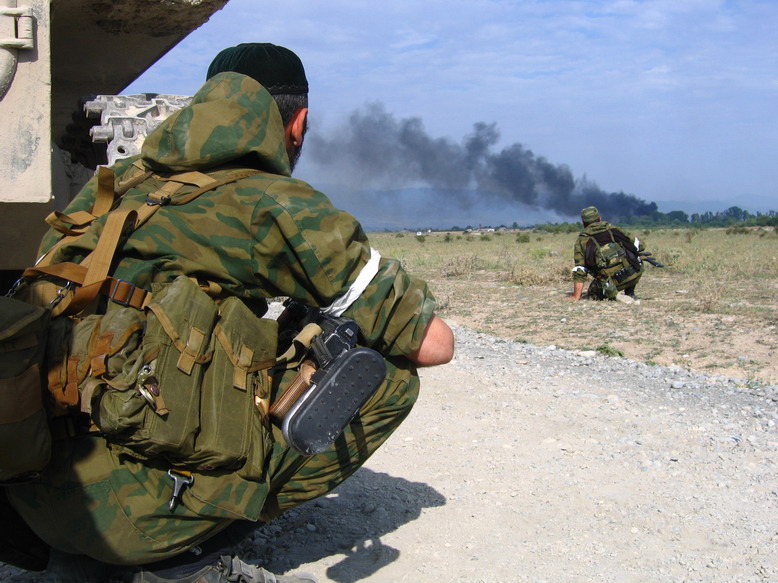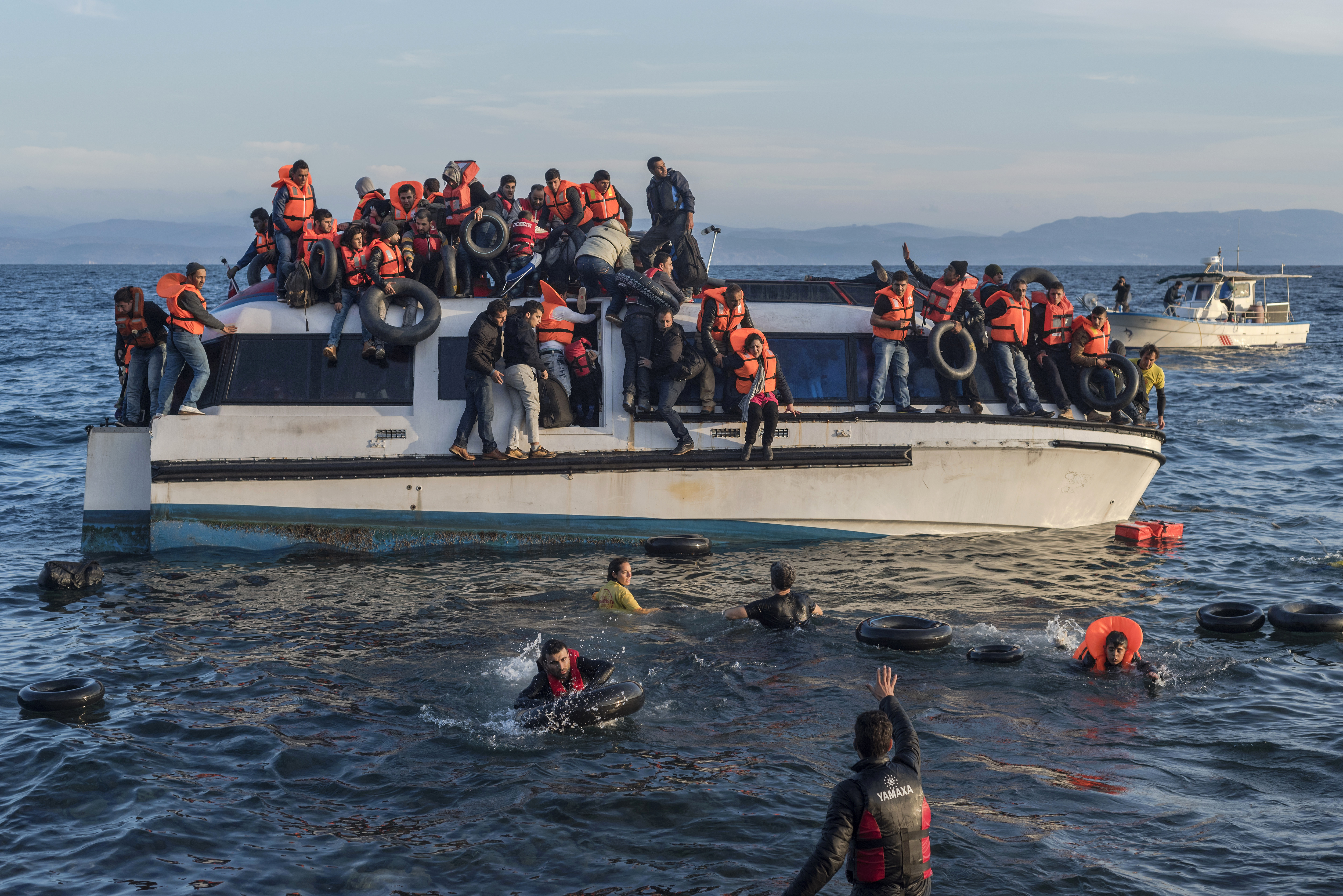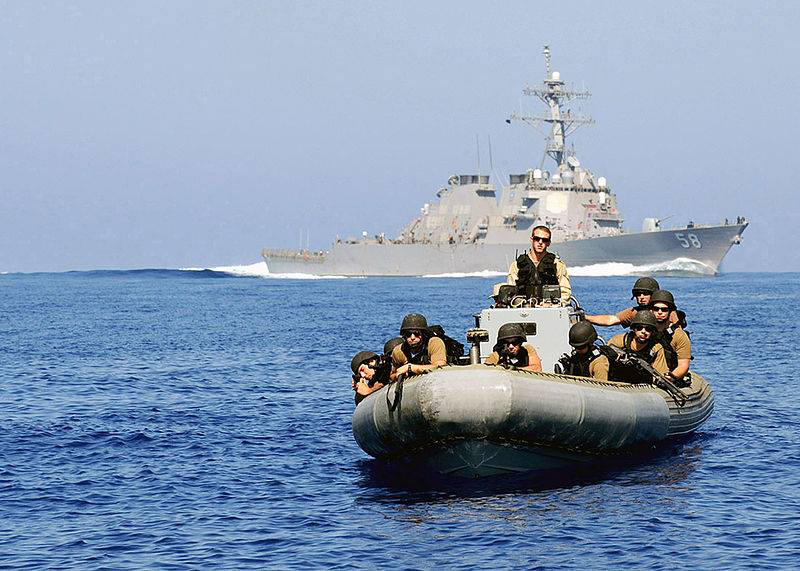Below are photos, as well as an accompanying description from an exhibit that was organized by Canadians for Democracy in Russia and Euromaidan Canada Committee. In opposition to the war in Ukraine, the exhibit aims to reveal evidence of Russian support for anti-government militants, as well demonstrate the brutal and violent nature of the conflict (for more information, please visit http://thewarinukraine.info).
In this week’s post, both the photos below and the accompanying descriptions highlight key historic moments from the current conflict in Ukraine. Within this photo array, two key dates stand out: April 7th and 12th, 2014.
April 7, 2014: As tensions across Eastern Ukraine kept escalating, Russia-backed protesters declared the “Donetsk People’s Republic (DPR)” after having stormed and taken control over the government buildings.


April 12, 2014: A group of masked militants, which was formed in Crimea and led by former officer of Russian security services Igor Firkin (as he stated in his interview with A. Prokhanov on November 20, 2014), captured the Executive Committee building, the police department, and the Security Service of Ukraine offices in Slovyansk, a city in the northern part of the Donetsk Oblast.

Igor Vsevolodovich Girkin (pictured below) also known as Igor Ivanovich Strelkov, who commanded the Russia-backed militant forces in the Donbass, is a Russian national and a former officer of the FSB (Russia’s Federal Security Service). Girkin’s political views are close to Russian nationalism, Monarchism and the White Guard movement, and are strongly influenced by the Russian Orthodox Church. As he has admitted in his memoirs, Girkin fought in the Bosnian and Chechen wars. Several sources and former Bosnian army officers accuse him of being involved in the Višegrad massacres, in which thousands of civilians were killed in 1992.





